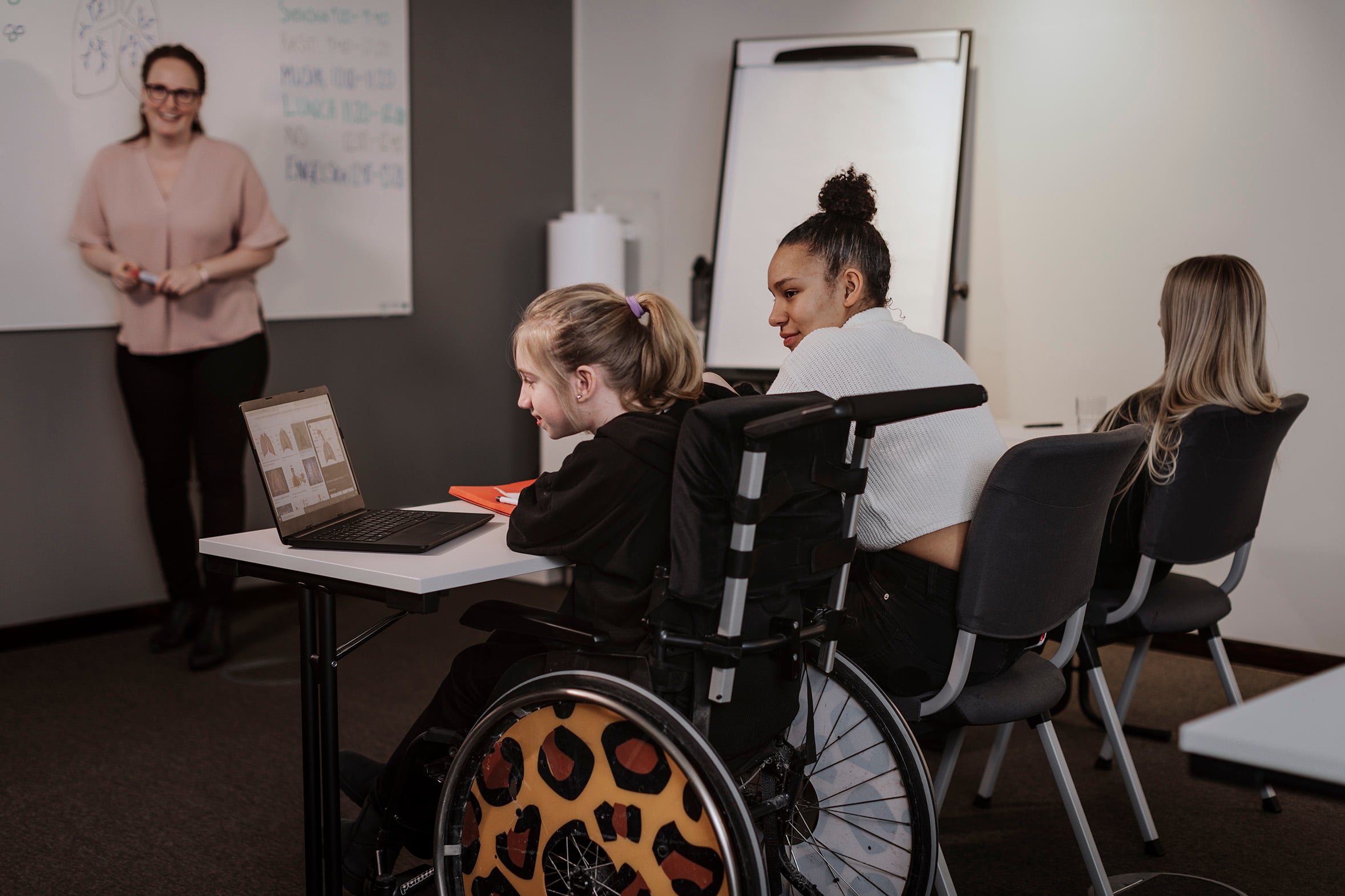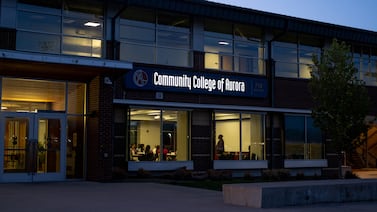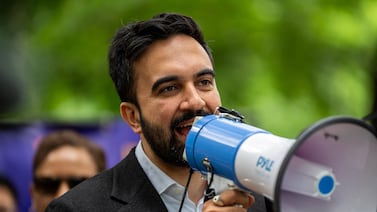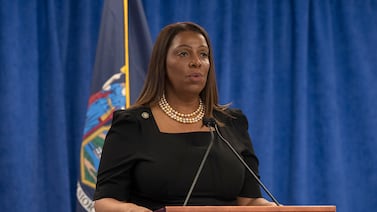Sign up for Chalkbeat New York’s free daily newsletter to keep up with NYC’s public schools.
New York City plans to spend $800 million over the next five years to boost school building accessibility for people with physical disabilities, officials revealed Wednesday. That figure is far short of what advocates had demanded.
Fewer than 1 in 3 of the city’s public schools are fully accessible to students and staff with mobility impairments, according to a recent report from the group Advocates for Children. The organization previously called on the city to dramatically ramp up spending to $1.25 billion to ensure that at least half of buildings would become fully accessible over the term of the new capital plan, which runs from 2025 through 2029.
With many budget concerns on the horizon — including the expiration of billions of dollars in federal relief money and additional cuts to city agencies ordered by Mayor Eric Adams — accessibility funding hewed closely to current levels.
The capital plan will increase funding for accessibility from $750 million under the current five-year plan, which runs from 2020 through 2024, to $800 million in the new one, according to documents released Wednesday. Advocates contend that is not enough to keep the current pace because of inflation and rising construction costs.
“Given the decades of inadequate attention that preceded this investment, nearly two-thirds of City schools will still not be fully accessible by the time the construction funded by the current Capital Plan is complete,” Kim Sweet, executive director of Advocates for Children, said in a statement. “It is not acceptable to postpone compliance with [the federal Americans with Disabilities Act] for yet another generation.”
Lack of access to school buildings has long been a barrier for students with physical disabilities and has even drawn the attention of federal prosecutors. In past years, some children had few — or even zero — nearby school options. It can also limit students’ ability to take advantage of New York City’s extensive choice system, which allows children to apply for schools outside their neighborhood boundaries.
Queens mom Michelle Noris said she was disappointed when her son, who uses a wheelchair, could not attend the public elementary school across the street from their home. Instead, he wound up at a private school, with tuition covered by the city, about an hour away.
“I really wish he had friends down the block like all the other kids,” said Noris, who works as an engineer. Though her son is now in college — and has written about his experience navigating the city’s high school admissions process in a wheelchair — she remains an advocate for more accessible schools.
Although “there is an improvement” in terms of building upgrades, she said the school across the street from their home is still not fully accessible. At the current pace, it would take decades to make every school accessible. “They need to allocate more money to do more good work,” Noris said.
Officials have made some progress in recent years in part due to pressure from advocacy groups who have pushed for more funding — and attention — to the issue. By the end of the current capital plan, 1 in 3 schools are expected to be fully accessible, up from 1 in 5 five years ago. (The figures do not include certain alternative schools, prekindergarten programs, or charter schools. Nor do they include satellite campuses, as schools may have more than one location.)
The city has also boosted the number of schools that are considered “partially accessible” and worked to provide more granular information about which facilities on those campuses are accessible to students with mobility impairments.
Representatives of the city’s Education Department and School Construction Authority did not say what percentage of schools they plan to make fully accessible under the new capital plan.
“Building on prior plans, we will continue to enhance accessibility in our school buildings through a variety of measures, such as bathroom renovations, lifts, and ramps,” Kevin Ortiz, a spokesperson for the School Construction Authority, wrote in a statement. “We remain committed to improving access throughout the system.”
Alex Zimmerman is a reporter for Chalkbeat New York, covering NYC public schools. Contact Alex at azimmerman@chalkbeat.org.






